Computational Intelligence Cowculator To The Rescue: Https://wolfr.am/w0mzSVqa
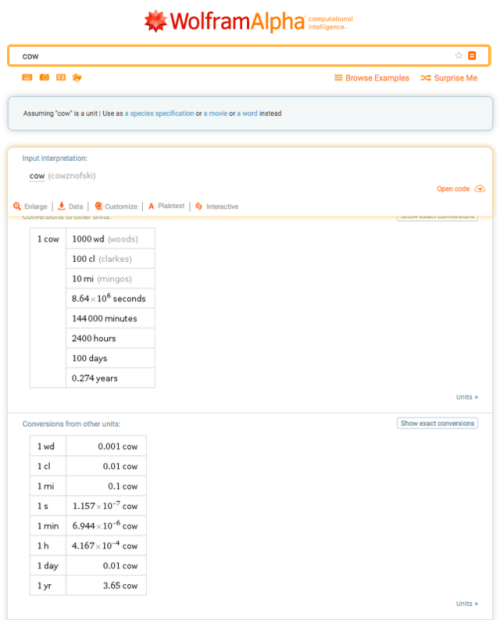
Computational intelligence cowculator to the rescue: https://wolfr.am/w0mzSVqa
Happy Cow Appreciation Day. We hope you have an udderly amazing day. #mooooood
More Posts from Sciencebloggin and Others
Iridescent clouds, looking like a rainbow in the clouds.
A diffraction phenomenon caused by small water droplets or small ice crystals individually scattering light. Larger ice crystals do not produce iridescence, but can cause halos, a different phenomenon.
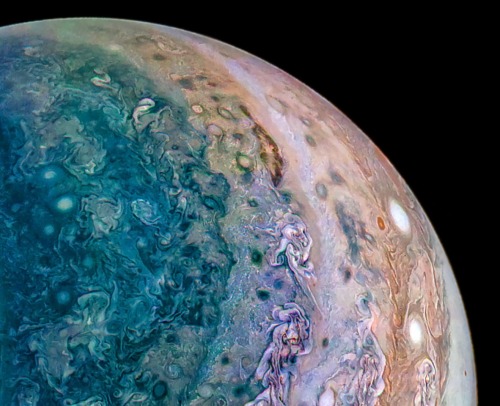

This image of Jupiter was taken by Juno on December 16 and then processed by citizen scientist David Marriott.
Image credit: NASA / JPL-Caltech / SwRI / MSSS / David Marriott

stephen hawking was literally one of humanity’s best
Sunset lights the bottom of the clouds, viewed from above.
nprovince101


Voyager 1’s approach to Saturn, 1980.

Orbital path of asteroid near miss in 2002. Yah, that’s how close we came to nuclear winter and possible total destruction.
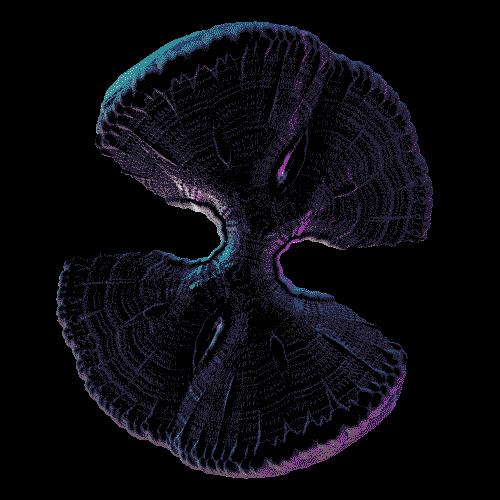
The north face of Mt St Helens collapses at 8:32 a.m. on Sunday, May 18, 1980, creating the largest landslide ever recorded and signalling the start of a VEI 5 eruption, considered the most disastrous in US history.



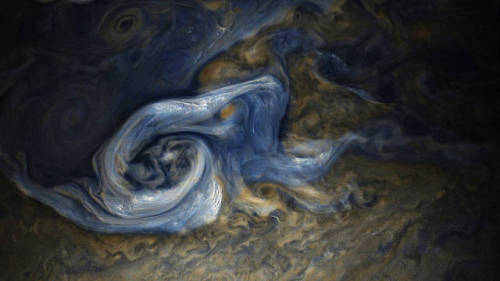
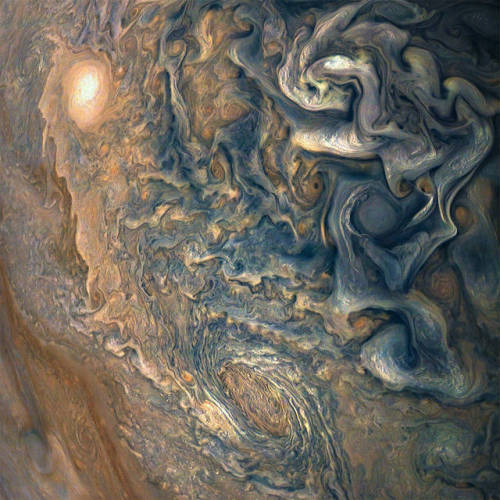
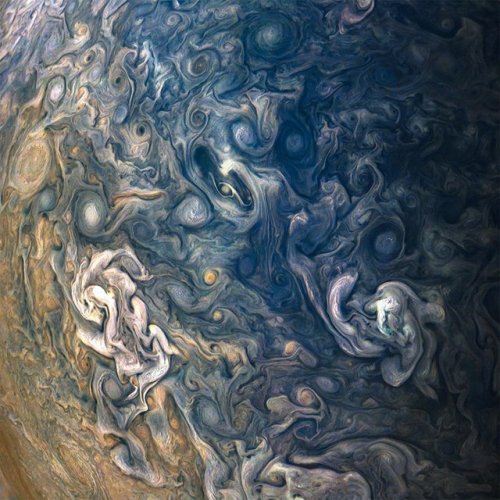
Swirls of Jupiter
Jupiter is a very stormy, turbulent, violent planet. The planet completes a day (or one complete rotation) within roughly 10 hours, which creates massive winds, producing these swirls, and violent storms. The fast rotation coupled with the fact that the planet is nothing but gas greatly multiplies the Coriolis effect. Earth too has a Coriolis effect, this creates the characteristic hurricane shapes and also contributes to the fact that storms will spin the opposite direction in different hemispheres. Luckily, our rotation is slower - our storms are less frequent and less violent than they would be if our days were shorter.
The above images come from the recent Juno mission by NASA.
-
 sciencebloggin reblogged this · 1 year ago
sciencebloggin reblogged this · 1 year ago -
 strangewastelandpersona liked this · 6 years ago
strangewastelandpersona liked this · 6 years ago -
 amarac007-blog liked this · 6 years ago
amarac007-blog liked this · 6 years ago -
 hotmanfur liked this · 6 years ago
hotmanfur liked this · 6 years ago -
 your-local-feral-cleric liked this · 6 years ago
your-local-feral-cleric liked this · 6 years ago -
 baconremovalsquad liked this · 6 years ago
baconremovalsquad liked this · 6 years ago -
 battlewarrior956 liked this · 6 years ago
battlewarrior956 liked this · 6 years ago -
 question-why-not liked this · 6 years ago
question-why-not liked this · 6 years ago -
 tukzu reblogged this · 6 years ago
tukzu reblogged this · 6 years ago -
 life-of-a-struggling-girl liked this · 6 years ago
life-of-a-struggling-girl liked this · 6 years ago -
 meoix liked this · 6 years ago
meoix liked this · 6 years ago -
 xromeosdistress liked this · 6 years ago
xromeosdistress liked this · 6 years ago -
 strictly-script liked this · 6 years ago
strictly-script liked this · 6 years ago -
 possessedscholar reblogged this · 6 years ago
possessedscholar reblogged this · 6 years ago -
 igorbrandao42 liked this · 6 years ago
igorbrandao42 liked this · 6 years ago -
 dofri reblogged this · 6 years ago
dofri reblogged this · 6 years ago -
 oheart24 liked this · 6 years ago
oheart24 liked this · 6 years ago -
 thisbirdhasceasedtobe liked this · 6 years ago
thisbirdhasceasedtobe liked this · 6 years ago -
 thisbirdhasceasedtobe reblogged this · 6 years ago
thisbirdhasceasedtobe reblogged this · 6 years ago -
 sefway3 liked this · 6 years ago
sefway3 liked this · 6 years ago -
 thatmathman liked this · 6 years ago
thatmathman liked this · 6 years ago -
 uuuuuhhhhhhhhhhhhhhhhhh liked this · 6 years ago
uuuuuhhhhhhhhhhhhhhhhhh liked this · 6 years ago -
 engineering-girls reblogged this · 6 years ago
engineering-girls reblogged this · 6 years ago -
 mathpunsaresin-blog liked this · 6 years ago
mathpunsaresin-blog liked this · 6 years ago -
 physicsiguess liked this · 6 years ago
physicsiguess liked this · 6 years ago -
 withicecream99 liked this · 6 years ago
withicecream99 liked this · 6 years ago -
 kubleeka liked this · 6 years ago
kubleeka liked this · 6 years ago -
 danielm82703-blog liked this · 6 years ago
danielm82703-blog liked this · 6 years ago -
 patience-and-timelordv2-blog liked this · 6 years ago
patience-and-timelordv2-blog liked this · 6 years ago -
 anhesrever liked this · 6 years ago
anhesrever liked this · 6 years ago -
 anunidentifiedbeingofdarkness liked this · 6 years ago
anunidentifiedbeingofdarkness liked this · 6 years ago -
 terminallypoetic liked this · 6 years ago
terminallypoetic liked this · 6 years ago -
 davesnothere liked this · 6 years ago
davesnothere liked this · 6 years ago -
 alinafoureyes liked this · 6 years ago
alinafoureyes liked this · 6 years ago -
 clarinetphello liked this · 6 years ago
clarinetphello liked this · 6 years ago -
 so-this-is-my-blog-i-guess liked this · 6 years ago
so-this-is-my-blog-i-guess liked this · 6 years ago
